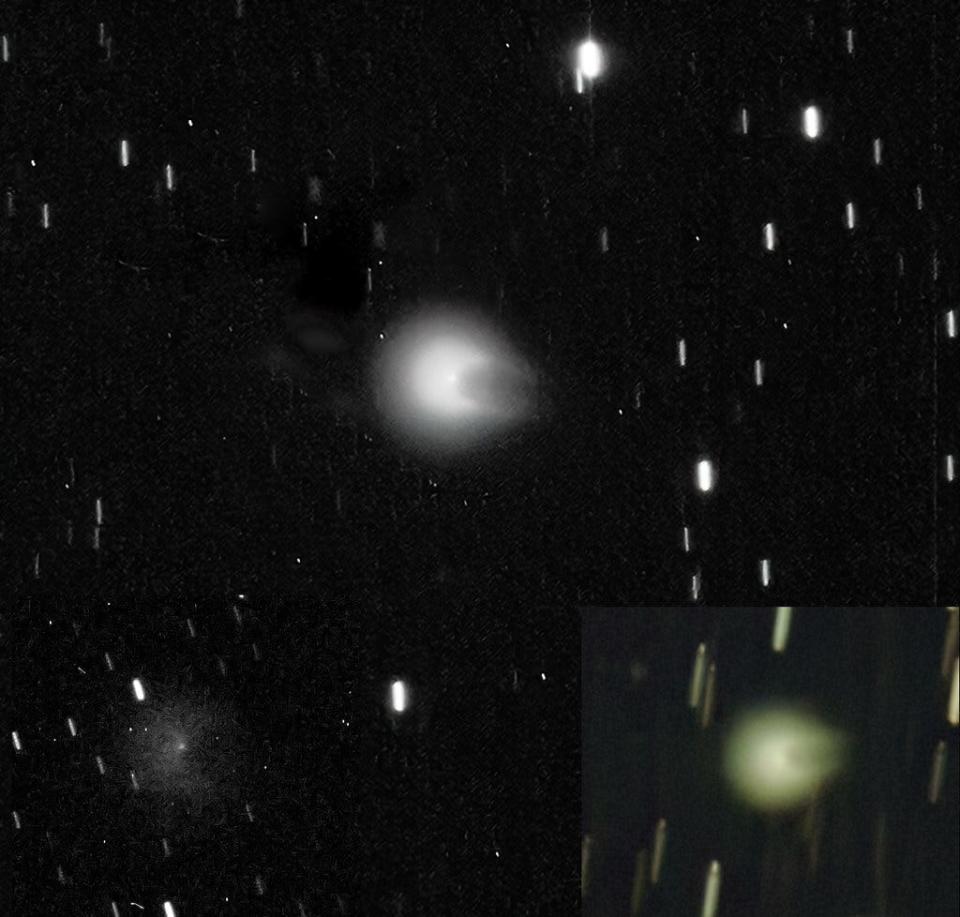The 'devil comet' is passing by the earth. Here's how to get a glimpse in Oklahoma
The solar eclipse may be over, but there's another celestial phenomenon happening for sky-watchers in the Northern Hemisphere.
It's called the "devil comet."
Here's everything you should know about what the comet is and how to view it.

What is the 'devil comet?'
Nicknamed the "devil comet" in 2023 when an outburst gave the comet the appearance of having horns, Comet 12P/Pons-Brooks is one of the brightest periodic comets known, according to NASA.
It comes around every 71 years and is getting brighter as it flies toward the Sun.
How to see the 'devil comet'
It's probably too late to view the comet with the naked eye, but you should be able to see it through mid-April with binoculars or a small telescope, NASA said.
The best time is right after the Sun dips below the horizon, looking West just beneath the Moon and just to the right of Jupiter.
Bill Cooke, who leads the Meteoroid Environment Office at NASA’s Marshall Space Flight Center in Huntsville, Alabama, said viewers should stay realistic about what they might see. “Many images depict a bright comet with a long green tail,” Cooke said. “That’s not going to happen.”
The comet will make its closest approach to Earth on June 2, when it will be about 144 million miles from our planet and offer another opportunity to see it. By July, it will be too dim to view even with binoculars.
Is the 'devil comet' coming towards Earth?
According to Astronomy.com, the comet is moving towards Earth but it poses no danger to the planet.
It will never cross Earth's orbit or pose any danger via impact.
The closest it will come to Earth is about 1.5 astronomical units, or one-and-a-half times the distance of Earth from the Sun.
What is a comet?
Comets are made up of frozen dust, rock and ice leftover from the formation of the solar system. They can be anywhere from a few miles to tens of miles wide, according to NASA.
As they orbit closer to the Sun and heat up, comets spew gases and dust into a glowing head that can be larger than a planet, forming a tail that stretches millions of miles.
This article originally appeared on Oklahoman: See the 'devil comet' as it passes by the earth. Here's how

